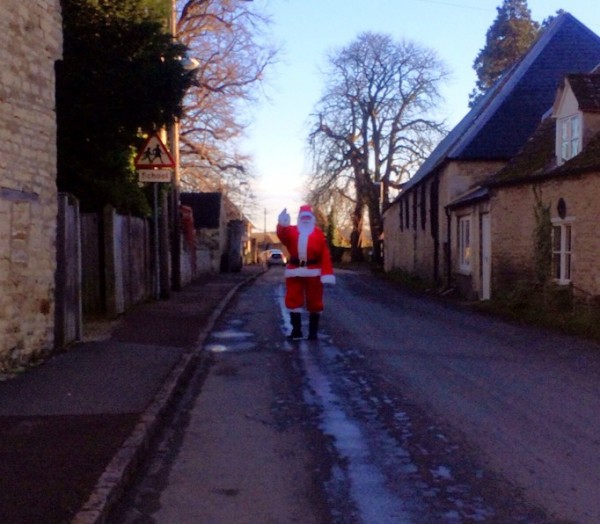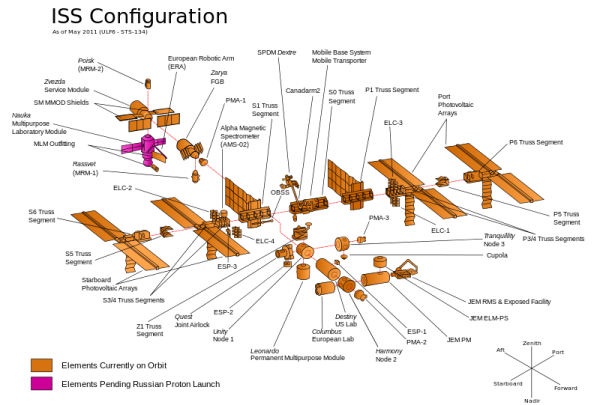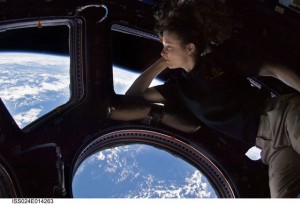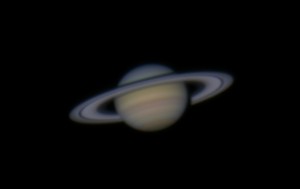![ISS in orbit [photo courtesy NASA]](https://northluffenham.com/wp-content/uploads/2013/06/ISS-Space-Station-300x204.jpg)
ISS in orbit [photo courtesy NASA]
There will be a good opportunity to view the
International Space Station (ISS) this evening from North Luffenham,
weather permitting, between 11:32pm and 11:42pm.
The ISS is the largest man-made space object ever built, it cost $150 billion and and took just over 12 years to assemble in space.
The ISS is very easy to view if the weather is clear and you look out at precisely the right time, there is no need for binoculars or a telescope. Unless you have some sophisticated telescope equipment the best way to view it is with the naked eye. Just look towards South Luffenham/Barrowden and half-way up into the sky and you should see it.
Typically the ISS will appear as the brightest object in the sky (unless the moon is up) moving from East to the West, faster than a typical passenger aircraft would flyover, and without any sound. The brightness of the ISS may change as it rises and falls due to the changing angle of the sun reflecting off of the huge solar panel arrays and whether it passes through the Earth’s shadow or not.
Don’t worry if you miss it, the ISS passes over frequently and it is expected to stay in orbit to at least 2020, so plenty of time to catch a glimpse of it yet.
Pass beginning
Date/time: 6/4 23:32:10
Azimuth: 236.71° (SW)
Elevation (altitude): 0.15°
Magnitude: 1.3
Distance to satellite: 2317.8 km
In Earth’s shadow (eclipsed): NO
Maximum altitude
Date/time: 6/4 23:37:25
Azimuth: 156.79° (SSE)
Elevation (altitude): 41.40°
Magnitude: -1.6
Distance to satellite: 604.1 km
In Earth’s shadow (eclipsed): NO
Pass ending
Date/time: 6/4 23:42:35
Azimuth: 80.05° (E)
Elevation (altitude): 0.43°
Magnitude: 1.3
Distance to satellite: 2292.5 km
In Earth’s shadow (eclipsed): NO
Good visible pass
Data courtesy of Real Time Satellite Tracking
Please help other local people find this page





![ISS in orbit [photo courtesy NASA]](https://northluffenham.com/wp-content/uploads/2013/06/ISS-Space-Station-300x204.jpg)
 During late April and early May, the
During late April and early May, the